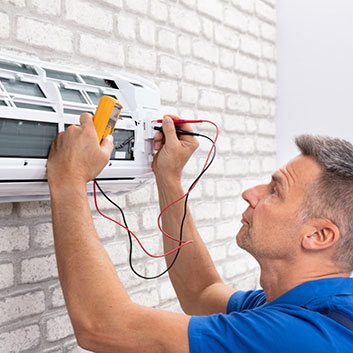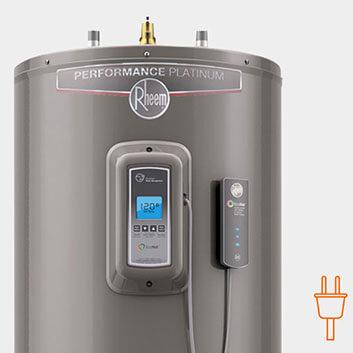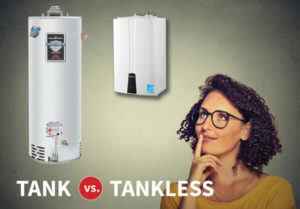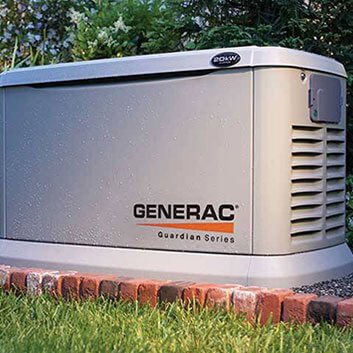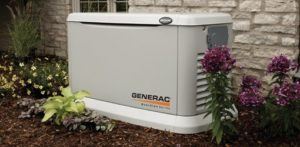
We’ll cut straight to the point: No, the energy savings alone most likely won’t make purchasing the 17-SEER air conditioner over a 14-SEER worth it.
All other things being equal, a 3-ton, 17-SEER air conditioner will likely save you just $66/year in cooling costs over the same size 14-SEER air conditioner (see our calculations below). So even with the $300 federal tax credit, the 17-SEER air conditioner is unlikely to pay for the price difference over its lifespan. So why do we think you should you still consider the more expensive 17-SEER unit? Well, because…
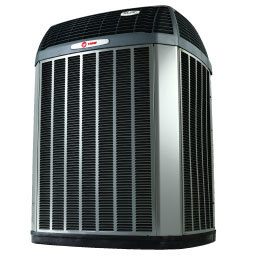
A higher efficiency 17-SEER air conditioner usually comes with 2-stage cooling and a variable-speed fan. These features not only improve the energy efficiency of the unit, but provide better cooling than the 14-SEER AC can provide.
You see, a standard air conditioner has only 2 modes: on and off. But a 2-stage air conditioner with a variable-speed fan can meet your cooling needs about 80% of the time with its lower setting, meaning it will run more often, but at a lower setting and without as many starts and stops.
This has 2 benefits:
- Fewer hot/cold spots. The longer run times help the air in your home mix better and provides more even temperature control throughout your home.
- Less humidity. Running longer helps the air conditioner remove twice as much moisture/humidity from your air. And that’s a big deal in Atlanta!
“But won’t longer run times actually mean higher cooling costs?”
Good question, but no. Like a car, an air conditioner costs less to operate when it stops and starts less often. Each time the AC starts up, it costs more because of the greater energy needed to start up.
Now, here’s how we calculated the energy savings of the 17-SEER air conditioner vs. the 14-SEER:
1. Calculate the estimated amount of energy each air conditioner will use annually using this equation:
[(Size of AC system x 12,000) / SEER] x 1500 = amount of Watt-hours used annually
So with 14-SEER and 17-SEER options, we get:
- 14-SEER= 3,857,000 Watts/hour (rounded to nearest thousand)
- 17-SEER= 3,176,000 Watts/hour (rounded to nearest thousand)
2. Subtract the 17-SEER AC’s annual energy use from the 14-SEER’s.
That’s: 3,857,000-3,176,000=699,000 Watts/hour
3. Convert step 2’s number to kWh by dividing by 1000.
699,000/1000=699 kWh
4. Multiply step 3’s number by your electricity rate. In Birmgingham, the average electricity rate is around 9.4 cents/kWh.
699 x $.094= $65.71
So, for a 3-ton air conditioner in Atlanta, a 17-SEER unit can save you around $66/year when compared to a 14-SEER unit.
Assumptions
Every energy-saving estimation has some built-in assumptions. Here are ours:
- You’re replacing both the outside unit and indoor air handler/blower. This is called a matched system and it’s the only way to get the advertised SEER ratings.
- Your home doesn’t have any major duct issues. The air conditioner is only part of a system that includes your ductwork. If your current ducts are undersized or leaking, you won’t see a lot of actual savings from a more efficient AC.
- The air conditioners being quoted are the correct size for your home. If the air conditioners are too large or too small for your home, you won’t get the stated efficiency of the AC units.
- The air conditioners will be installed correctly. If not installed correctly, the air conditioning system will lose efficiency.
- You will run your air conditioner about 1500 hours/year. This is pulled from the average for the Atlanta area given in the Department of Energy’s calculator.

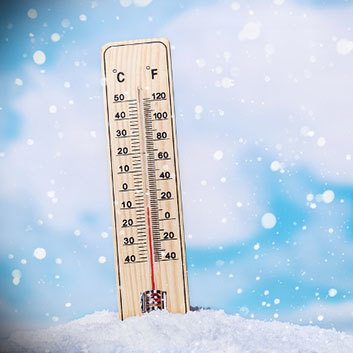

 For those looking to increase their air conditioner’s energy efficiency at an affordable price, we highly recommend Carrier Performance Series Air Conditioners. With two-stage and single-stage models available, there is an option to fit any home and any budget.
For those looking to increase their air conditioner’s energy efficiency at an affordable price, we highly recommend Carrier Performance Series Air Conditioners. With two-stage and single-stage models available, there is an option to fit any home and any budget.